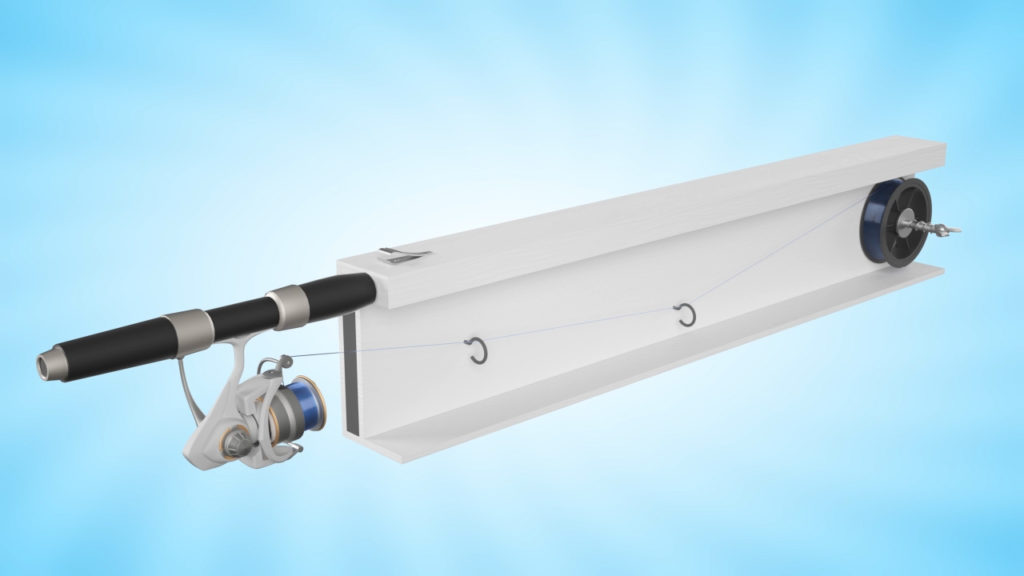The Challenges Involved in Holding a Fishing Line Correctly
- admin
- March 14, 2022
- 6:34 pm

Fishing is a great activity which offers many people a way of making a living. Many people also enjoy fishing as a hobby and take the sport very seriously. A fisherman knows that having the right equipment is an essential part of the experience. The type of equipment you have will determine the type of fish that you are going to catch for the day. Therefore, it is extremely important to ensure that you are using the best equipment.
The Challenges
Involved in Holding a Fishing Line Correctly
Inventor Floyd D. Shepherd of Lebanon, TN has been a fisherman in practice for
many years. He frequently thinks about the times he would stumble along getting
the fishing line on reels. He would always have to use a roundabout method
where a friend would need to hold the spool of line just so that he could reel
it on. Another method he use was holding the new string between his legs only
to unfortunately slip out at the last moment and roll across the driveway when
he started cranking the reel. The list of issues Floyd faced in the moment is
too long to go through.
However, he stumbled across a brilliant idea. One day, he decided to look around for something to use, where he noticed a small stack of wood in the corner. This is when a light bulb in his head switched on. He though that he should make a reel stringer. He decided to turn his idea into a reality and he created an invention which would solve all of his issues. The Reel Stringer has been developed and tested and is ready to take the marked by storm.
The Reel Stringer – How Does it Work?This innovative invention features a unique box style design and format. Each surface holds a different function which makes the experience even more smooth and convenient. The rear surface of the box provides for a spring tension holder that holds a reel of a fishing line from a manufacturer. The fishing line is routed through two eye hooks in order to hold the line firmly and ensure that there is proper tensioning.
On the surface of the other side of the box, there is a universal holder which holds the crank fishing reel in place. The line can then be routed onto the reel in a simple conventional way. From there, the crank on the fishing reel is simply cranked continuously enough so that the reel is completely filled. The invention also allows the reel to spin without imparting a twist to the line.